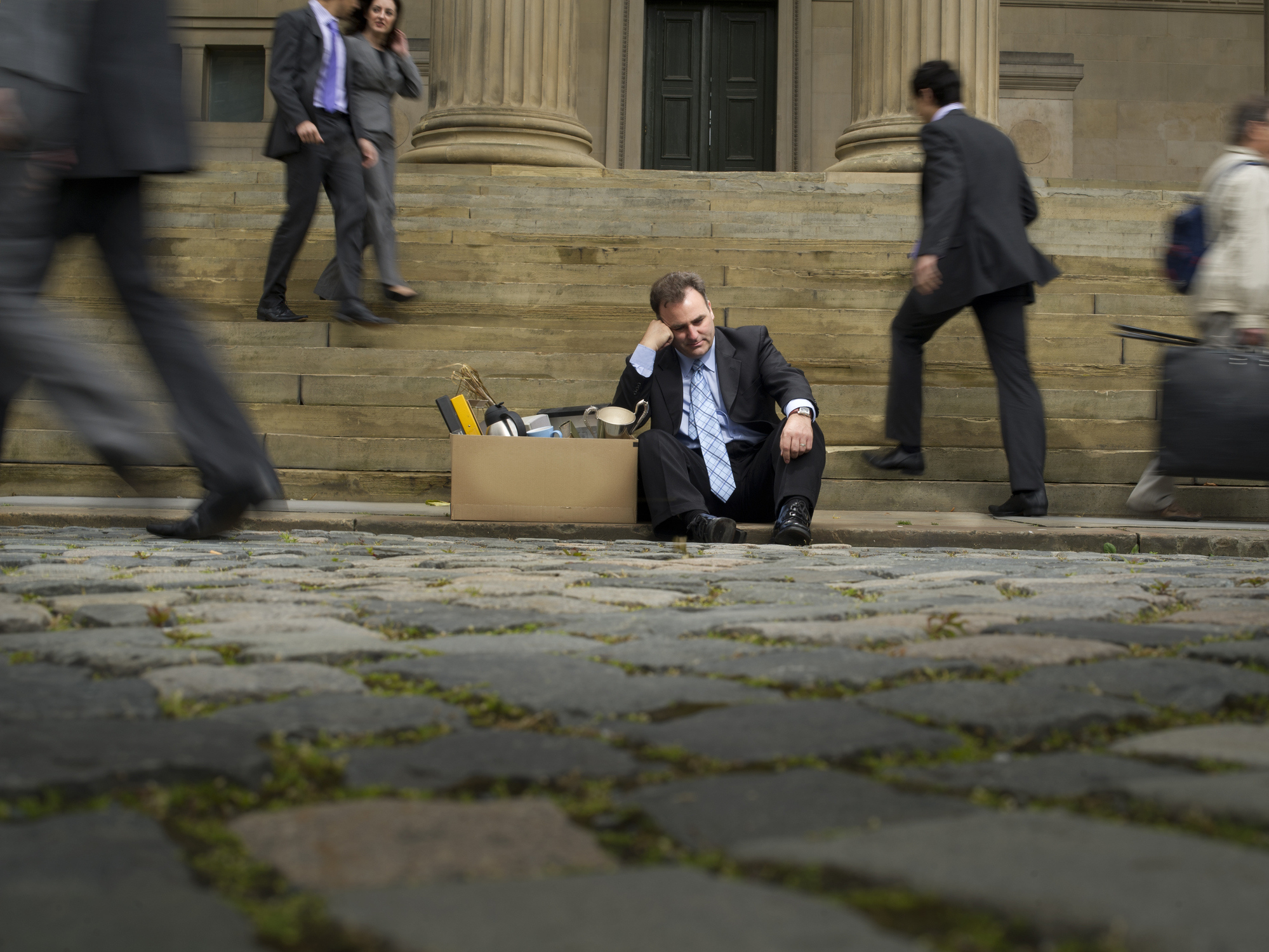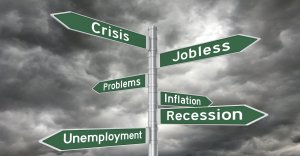Bank failures don’t threaten most deposits, but they do threaten jobs
At the last FOMC press conference, Fed Chair Jay Powell assured us that “all depositors’ savings and the banking system are safe.” The failure of Silicon Valley Bank less than two weeks earlier had started a debate about whose deposits were safe. Specifically, whether deposits greater than $250,000, which are not FDIC insured, would be protected like the smaller, insured deposits. In the end, Silicon Valley and Signature Bank, which also failed, were deemed systemic risks, so all depositors received their money.
Throughout it was taken for granted—at least by those familiar with the banking system—that deposits under $250,000, which are the accounts of all but the wealthiest Americans, are safe. In fact, the insured limit is 3.5 times the median amount in transaction accounts, which are largely bank deposits, for households in the top 10 percent by income, and considerably more for households with less income. So, for the vast majority of households, their money is safe in a bank failure. The same cannot be said in a recession. You must have money in the bank for it to be safe.
The recent turmoil in the banking system will likely lead to a further tightening of credit standards, especially at small and regional banks. Even before the failure of Silicon Valley Bank, according to the Fed’s Senior Loan Officer Opinion Survey, banks had sharply reduced their willingness to make consumer loans and tightened the standards for business loans. That tightening at banks reflects the large, rapid increase in the federal funds rate, currently at 4.75%, during the past year. Taken together, the tightening from the banking turmoil and the Fed rate increases should slow economic growth, albeit with some delay, and help address demand-driven inflation. But it could go too far.
There are more deposits at risk from a recession than usual. Average household savings are higher now than the pre-pandemic trend due to foregone spending during the lockdowns, fiscal relief, and the strong labor market. According to Aladangady, Cho, Feiveson, and Pinto, economists at the Fed, the so-called excess savings were $1.7 trillion and declining in the middle of last year. And while half of it is held by the top 25 percent of households by income, lower-income households have also accumulated savings. For the average household in the bottom half of the income distribution, the additional savings are equivalent to a 70 percent increase in their pre-Covid bank deposits to $13,500.
In addition, more households have bank accounts now than before the pandemic. By 2021, only 4.5 percent of households were unbanked. That’s one million more households with bank accounts than in 2019 and five million more than in 2011 when unemployment was almost 9 percent. According to the FDIC survey the most common reason for being unbanked is not having enough money for the minimum account requirements. Additional savings made it possible to have accounts with the FDIC insurance.
The turmoil at banks directly poses little risk to the bank accounts of most households, but the indirect effects of tighter lending standards on the labor market do. The unemployment rate is currently near a fifty-year low and wage growth is substantial, especially among lower-wage workers. The most important question for households is not whether their bank fails, but whether they keep their job.





